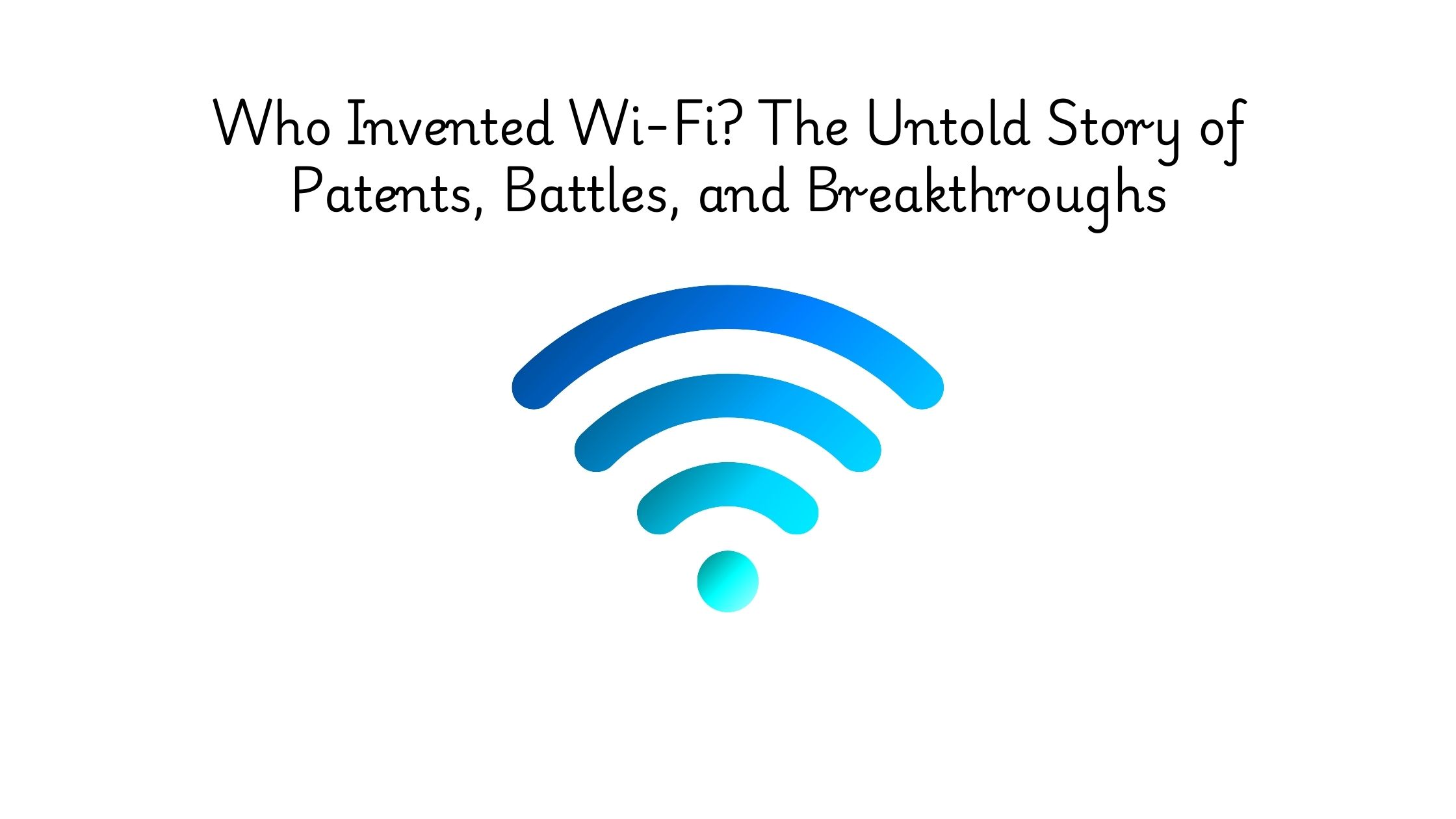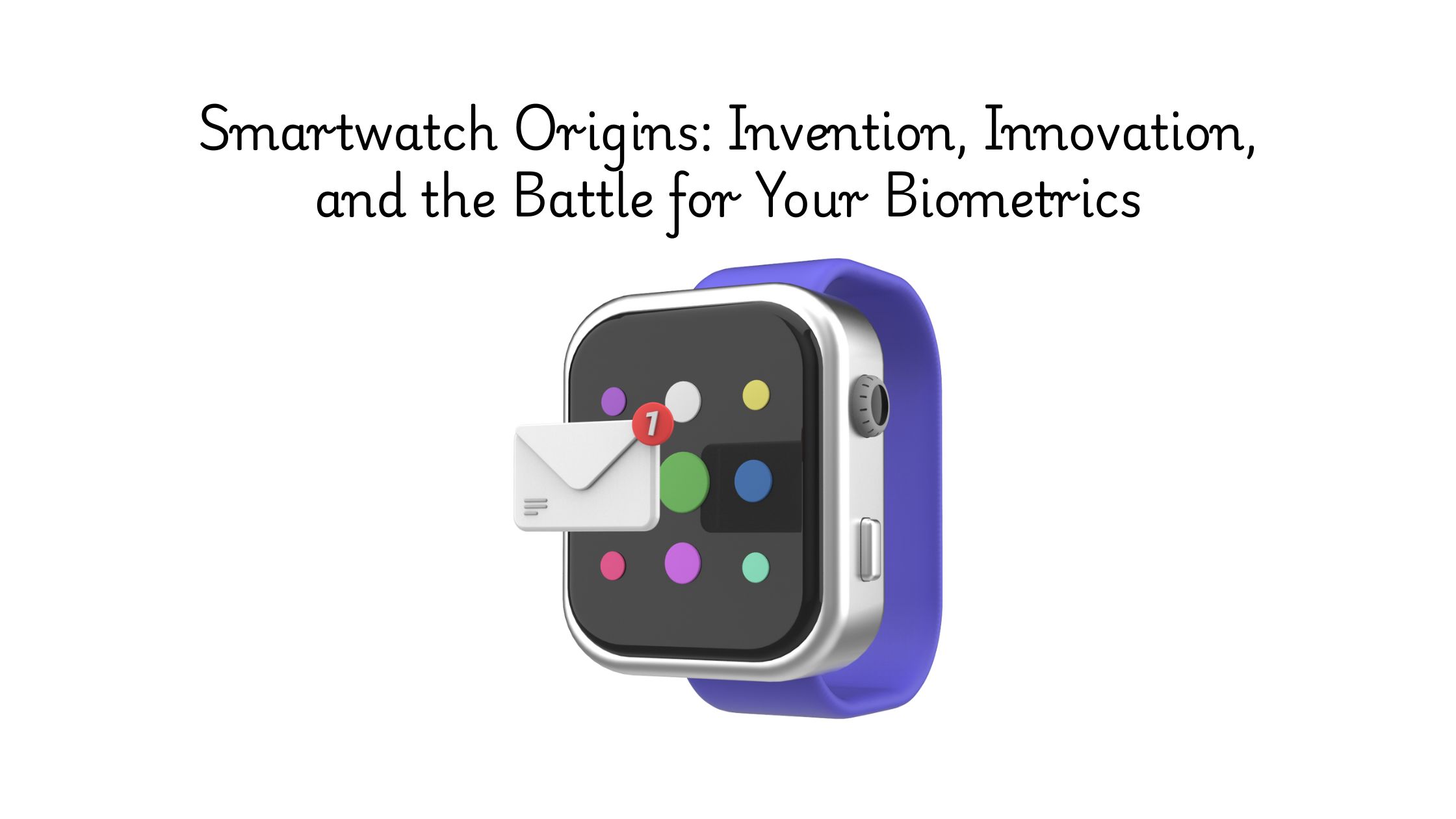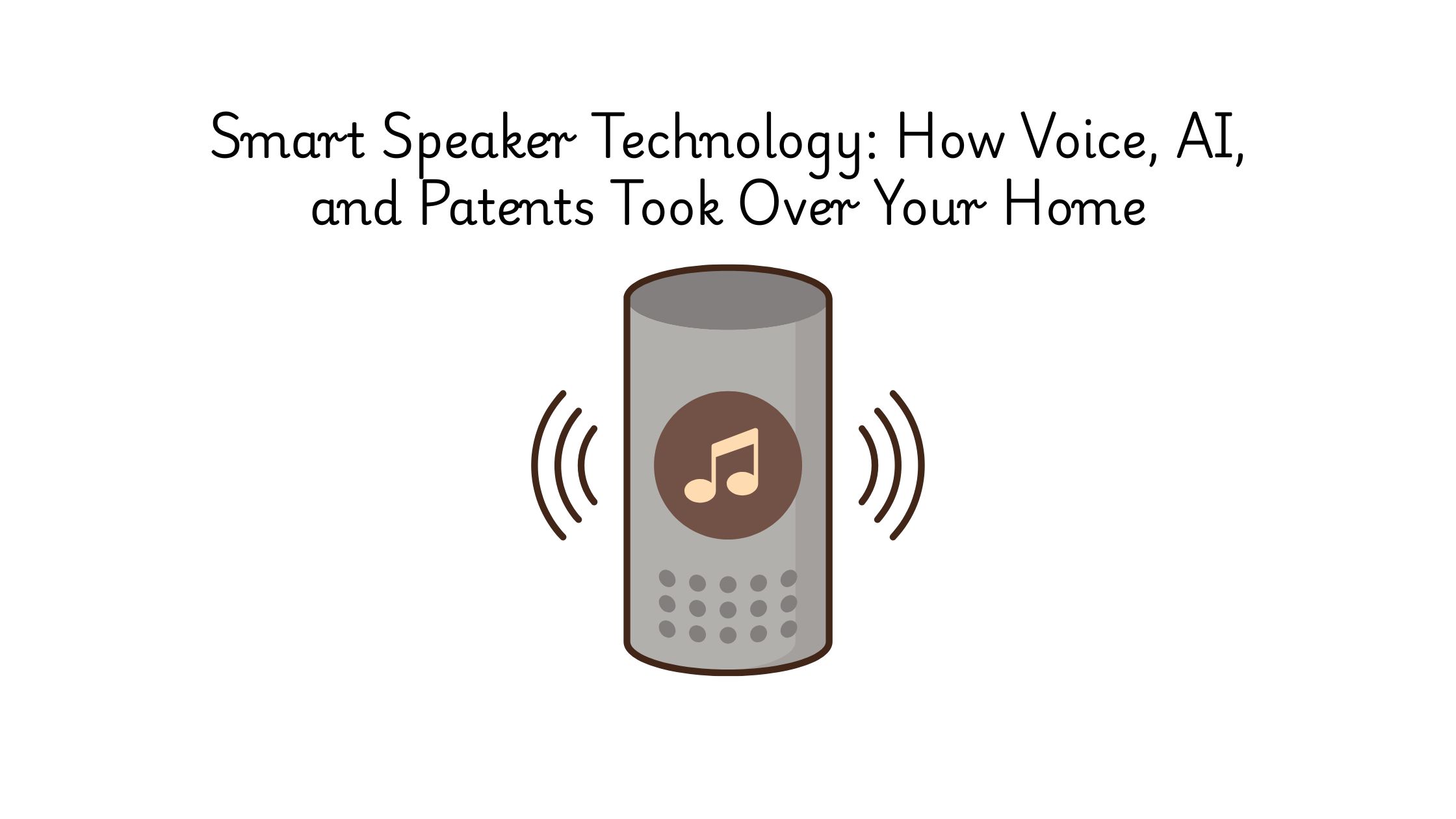You place your phone on a pad. No cable. No plug. No friction. And just like that, charging begins.
To most people, wireless charging feels like magic. It’s seamless, invisible, and built into everything from iPhones to airport lounges to luxury cars. But if you ask who invented or owns the technology behind it, the answers get murky fast.
Some point to Nikola Tesla. Others name Apple or Samsung. But the truth is, wireless charging isn’t the work of a single genius. It’s a layered story of brilliant engineers, quiet breakthroughs, and billion-dollar patent battles playing out behind closed doors.
In this article, we’ll break down:
- Where wireless charging actually began.
- The patents that turned it from concept to commodity.
- The companies battling to control it.
- And how tools like Global Patent Search can help you trace its real DNA, one claim at a time.
Let’s start where it all began.
The Roots of Wireless Power: Tesla’s Dream, Delayed by a Century
The idea of powering devices without wires didn’t start in Silicon Valley; it started with lightning bolts in Colorado Springs.
In the late 1890s, Nikola Tesla became obsessed with wireless energy. At his Colorado laboratory, he built giant coils and transmitted electricity wirelessly across short distances using magnetic resonance. His goal was to create a global wireless power grid that could deliver energy as easily as radio.
He even started construction on the Wardenclyffe Tower in New York, which was designed to beam electricity through the air. Eventually, investors pulled out, and the tower was demolished. But the vision stuck.
For most of the 20th century, wireless power remained a science fair concept, too inefficient, unstable, and expensive. Meanwhile, devices got smaller, batteries improved, and everyone got used to cords and plugs.
It wasn’t until the 2000s that Tesla’s dream found a modern comeback. Researchers at MIT (WiTricity) rediscovered resonant inductive coupling as a practical way to transmit power safely across short distances.
That discovery would spark a new race, not just to build the technology, but to patent every piece of it.
From Theory to Reality: The Century-Long Path to Practical Wireless Charging
After Tesla’s early experiments, wireless power faded into the background.
For most of the 20th century, power transfer without wires remained an engineering curiosity. Researchers explored it in labs. Some used it for niche applications, like inductive charging in electric toothbrushes, which were introduced in the late 1990s. However, the efficiency was low. The cost was high. And nobody saw it as ready for consumer electronics.
That changed in 2007, when a team at MIT, led by physicist Marin Soljačić, demonstrated resonant magnetic coupling, a breakthrough method of transferring power wirelessly over short distances with much higher efficiency.
Soljačić co-founded WiTricity, a spinout focused on commercializing the tech. They secured key patents, collaborated with automakers and consumer brands, and reignited global interest in wireless power.
Meanwhile, in the mobile world, smartphones were becoming faster, hotter, and more power-hungry. Cables cluttered desks. Ports were breaking. Battery anxiety was everywhere.
Sensing the opportunity, a group of companies, including Nokia, Samsung, Duracell, and Philips, created a unified wireless charging standard. In 2008, they formed the Wireless Power Consortium, which launched the now-dominant Qi standard in 2010.
The first Qi-enabled phones hit the market in 2012.
Since then, wireless charging has become a default expectation across devices, from phones to wearables to electric vehicles. However, the road from Tesla’s dream to iPhone convenience was paved by physicists, consortiums, and a mountain of patents.
The Patents That Sparked Wireless Charging Innovation
Wireless charging has transformed the way we power our devices. From mobile phones to electric vehicles, they have eliminated the clutter of cables using magnetic induction between coils. To trace the origin of this innovation, we used the Global Patent Search (GPS) tool, which maps natural-language technology queries to verified patent filings across global databases.
We entered the query: “Charging devices without cables using electromagnetic induction between coils” and analyzed patents filed between 1980 and 2000. This was a pivotal period when engineers moved from theoretical concepts to deployable systems. This era laid the groundwork for everything from contactless smartwatch chargers to inductive pads for electric vehicles.

Source: GPS
Here’s what we found. From early inductive vehicle chargers to compact non-contact mobile power systems, the following patents laid the foundation for today’s wireless charging ecosystems. Below is a chronological list of 10 foundational patents and why each was pivotal to this technology’s evolution.
| Priority Date | Patent Number | Title | Why It’s Foundational |
| 1989-07-05 | JPH0340727A | Timepiece with Electromagnetic Induction Charging | Applied precise-frequency magnetic fields for contactless charging in small form-factor devices like watches, which is key for miniaturization. |
| 1991-04-19 | ES2067080T3 | Contactless Transmission of Data and Energy | Enabled simultaneous inductive energy and data transfer, paving the way for smart wireless charging protocols. |
| 1993-02-23 | JPH0666206U | Mobile Charging Device | Introduced path-embedded induction systems for charging moving vehicles, a stepping stone for autonomous guided vehicle charging. |
| 1993-11-15 | EP0653766A1 | Inductive Coupling Wand | Proposed inductive wands for EVs, an early user-friendly physical interface between charger and receiver. |
| 1996-01-30 | JPH09213378A | Charging System for Electric Vehicles | Developed the “liftable primary coil” approach, precursor to automated parking-lot wireless EV chargers. |
| 1996-06-19 | CN1049077C | Contactless Battery Charger | Offered a practical multi-coil layout for increased flexibility in power transfer and battery integration. |
| 1997-03-07 | JPH10257698A | Non-contact Power Supply Method | Used multi-core inductive arrangements to optimize energy transfer between non-aligned coils; important for real-world misalignments. |
| 1998-09-17 | US6057668A | Battery Charging Device for Mobile Phone | Eliminated metal contacts using coil-based magnetic induction; solved common wear-and-tear and alignment issues in phone charging. |
| 1999-03-31 | JP2000287369A | Charger | Introduced smart feedback control via variable inductance to adapt to battery levels; precursor to adaptive wireless charging standards. |
| 2000-04-28 | JP2001313223A | Non-Contact Charging Apparatus | Used compact drum-type choke coils for better integration in consumer devices; key to making wireless charging compact and efficient. |
Understanding these foundational patents provides insight into the technological advancements that shaped the wireless charging landscape.
The Legal Charge Behind Wireless Power
While wireless charging has been seamlessly integrated into our daily lives, the technology’s evolution has been anything but tranquil. Behind the scenes, companies have engaged in significant legal battles to protect and assert their intellectual property rights.
Here are some notable disputes:
#1. Mojo Mobility vs. Samsung
In September 2024, a Texas federal jury found that Samsung willfully infringed five of Mojo Mobility’s wireless charging patents. The court awarded Mojo Mobility over $192 million in damages. This case stemmed from failed negotiations between the two companies, leading to Samsung incorporating Mojo’s patented technology into its products without authorization.
#2. LS Cable & System vs. Apple
In January 2025, South Korean cable manufacturer LS Cable & System filed a lawsuit against Apple in the U.S. District Court for the Northern District of California. The suit alleged that Apple’s iPhones, Apple Watches, and AirPods infringed on LS Cable’s patent related to wireless charging technology. LS Cable claimed that Apple utilized its patented technology without proper licensing, leading to the legal action.
#3. ParkerVision vs. Qualcomm
ParkerVision, a wireless technology company, has been involved in prolonged litigation with Qualcomm. In 2013, a jury found that Qualcomm infringed on ParkerVision’s patents related to radio-frequency technologies and awarded ParkerVision $173 million in damages. However, subsequent legal proceedings have seen various rulings and appeals, reflecting the complexities of patent enforcement in the wireless charging sector.
These cases underscore the intricate and often contentious landscape of intellectual property rights in wireless charging technology. As companies continue to innovate, securing and defending patents remains paramount, influencing both market dynamics and technological advancements.
Qi is the Standard. But What about the IP Behind It?
Qi has brought incredible consistency to wireless charging, letting your phone work on a Samsung pad, a Tesla dashboard, or an airport lounge table. It’s standardized. Certified. Expected. But Qi isn’t an IP shield.
While it defines how devices communicate and transfer power, it doesn’t grant freedom to operate across all patented technologies used to build a Qi-compliant device.
Some companies have declared standard essential patents to Qi and licensed them through Via Licensing. Others haven’t. Many patents that impact wireless charging, like position-free charging, safety features, or efficiency optimizations, sit outside the standard entirely. And that’s where risk creeps in.
Manufacturers must navigate this space case by case, negotiating licenses or defending lawsuits, even if they’re technically Qi-compliant.
This is why litigation hasn’t gone away. It’s just shifted into more nuanced areas around how you charge, how much power, how many coils, and how you detect objects.
How Global Patent Search Helps You See the Real IP Terrain?

The Global Patent Search tool won’t give you a full SEP registry. But here’s what it will do exceptionally well:
- It helps you validate whether your idea overlaps with existing patents, even if you only know what the product does.
- It maps feature-level descriptions to real patent claims across global databases.
- It’s designed for innovation and product teams, not just lawyers, so you can catch IP red flags before they become court dates.
If you’re building something in wireless charging or analyzing where the patent thickets are, GPS helps you see what others miss. Try the tool here: Global Patent Search.




